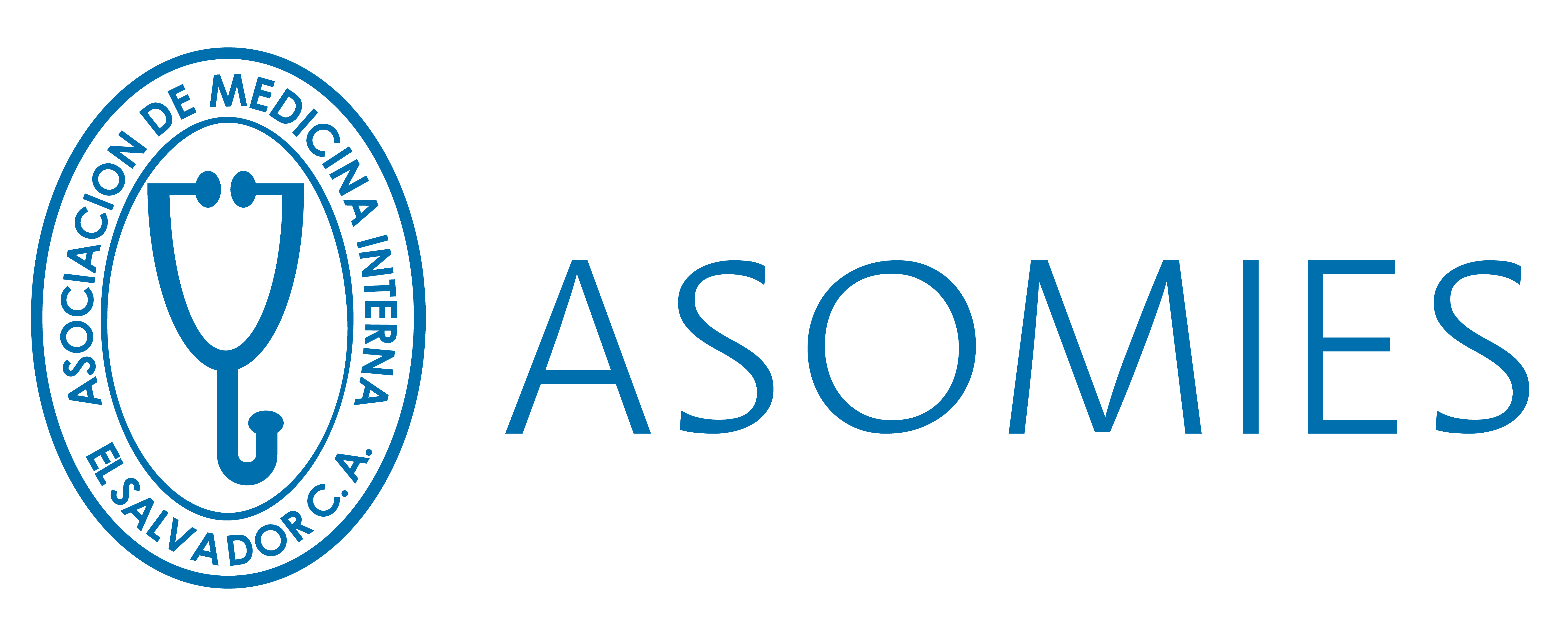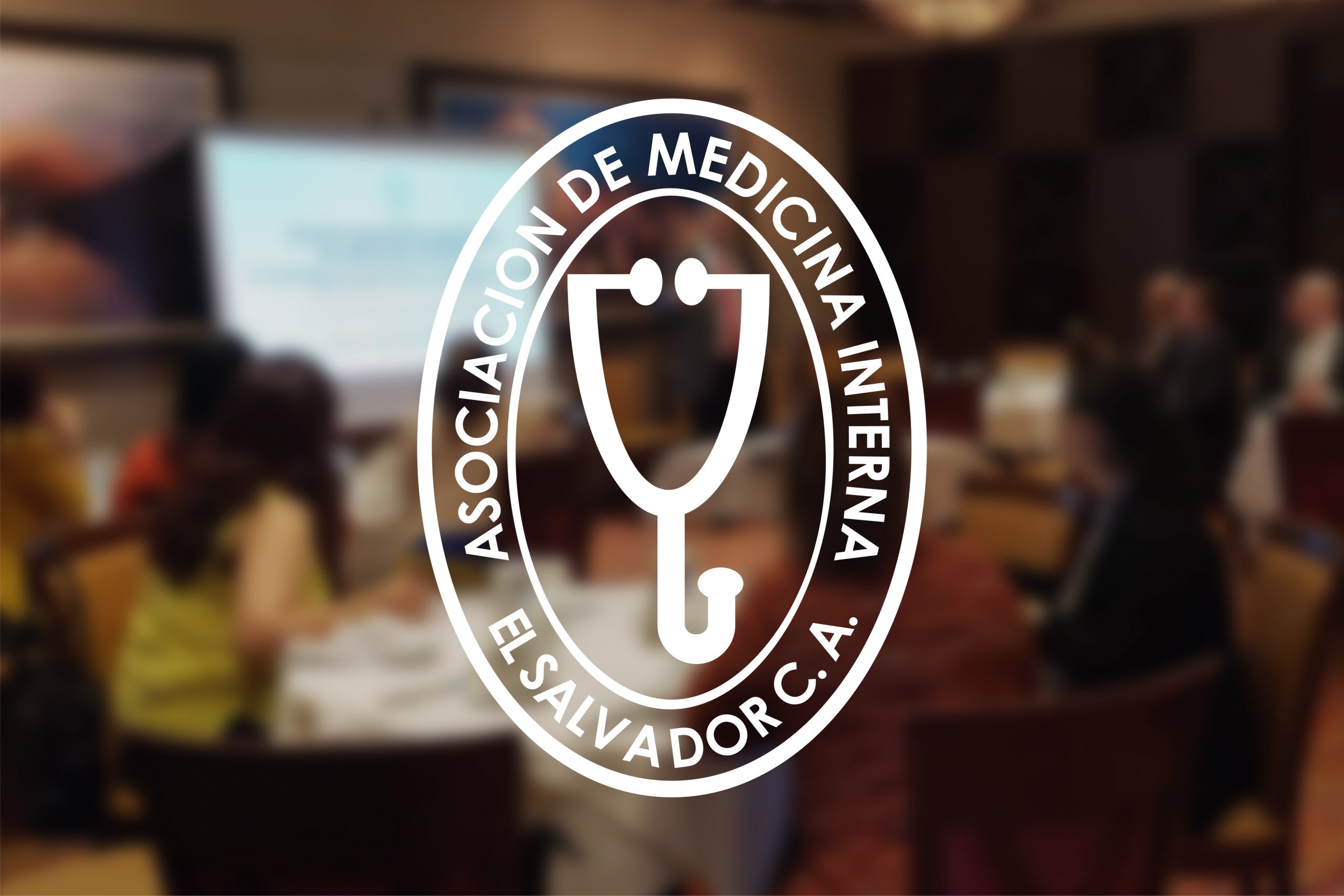enero 24, 2017
Chief Complaint and History
Evaluation begins with the chief complaint, which provides a focus for delineating the patient’s concerns and eliciting the history. It is often useful to ask why the patient is seeking help at the present time, particularly if the problem has been of long standing. If the chief complaint is from the spouse or bed partner, it is important to determine whether the patient recognizes the problem, is unaware of it, or denies its existence. Many clinicians also obtain a brief patient profile during the interview that includes the patient’s age, sex, occupational or academic status, marital status, and living arrangements. The profile often includes valuable information about how the sleep concern is affecting the patient’s daily functioning (e.g., difficulty performing job responsibilities or participating in leisure activities with family).
There are two kinds of nighttime symptoms: those that occur during sleep and those that occur during nocturnal awakenings. Symptoms that occur during sleep concern movements or behaviors and often are reported by the spouse or bed partner because the patient may be unaware of the episodes. Examples include snoring, cessation of breathing, twitching or kicking of the legs or arms, chewing movements, sleepwalking, sleeptalking, screams, and violent behavior. Complaints that occur during nocturnal awakenings concern sensations or events that are evident to the patient and include headaches, wheezing or shortness of breath, palpitations, heartburn, leg cramps, and feelings of paralysis or numbness and tingling.
Once the chief complaint is delineated, details concerning the sleep problem are sought, including its duration, the circumstances at its onset, the factors that lead to exacerbation or improvement, and any associated symptoms.
The patient’s daily schedule is reviewed, including the usual bedtime and estimated time to sleep onset, the number and timing of awakenings, and the time of final awakening. Particularly in children, the bedtime routine, or lack thereof, should be assessed; this information may suggest limit-setting sleep disorder. The method of awakening should be determined: spontaneous, with an alarm, or by a family member. The usual waking schedule should also be determined, including times of work, school, meals, and exercise. It is important to obtain detailed sleep–wake schedules in shift workers. A comparison of the patient’s weekday and weekend schedules may reveal significant variations in sleep timing that suggest a circadian rhythm sleep disorder (see Chapter 41) or insufficient sleep syndrome (see Chapter 6).
Morning symptoms should be elicited, such as increased nasal congestion or dry mouth or morning headaches. These symptoms may support a diagnosis of obstructive sleep apnea. Daytime symptoms, including activities that tend to provoke sleepiness, should be investigated to characterize the severity of sleepiness. A comprehensive sleep history also includes questions about the frequency and duration of daytime naps and the presence or absence of cataplexy, hypnic hallucinations, sleep paralysis, and automatic behavior.
Questions assessing the sleep setting may elicit information about factors that cause or aggravate sleep problems. Noise, extreme temperature, uncomfortable sleep surfaces, and frequently changing sleep conditions may all adversely affect sleep continuity and suggest an environmental sleep disorder.
For patients with medical or psychiatric diseases, the degree of sleep disturbance usually varies with the severity of the underlying illness. For example, in patients with congestive heart failure, the degree of insomnia may correlate with the severity of orthopnea and paroxysmal nocturnal dyspnea. Similar relationships may occur in patients with sleep disturbance related to depression, asthma, gastroesophageal reflux, and arthritis. In patients with sleep apnea, daytime sleepiness may correlate with seasonal allergies, alcohol use, or other factors that worsen apnea.
Insomnia
Patients with insomnia usually complain that their nocturnal sleep is inadequate in some way. They may describe difficulty falling asleep, frequent awakening, or early morning awakening with inability to return to sleep. It is important to distinguish among these patterns of insomnia because they may have different causes. For example, awakenings from sleep due to obstructive sleep apnea may result in sleep maintenance insomnia but would not result in a patient’s complaining of lying awake for hours not being able to fall asleep. The description of insomnia and its course may help determine cause. For example, insomnia that began in early childhood and continues with few remissions may suggest idiopathic insomnia (see Chapter 75). The relation of insomnia to stress is also important. If the cause of the stress is clear, such as the recent death of a family member, the diagnosis is likely to be adjustment sleep disorder (see Chapter 75). In other patients, however, the nature of the stress may not be immediately apparent. Positive life events, such as a promotion at work or recent marriage, may not be recognized by the patient as stressful. Medical conditions, such as cancer and its treatment (see Chapter 123), pain syndromes (see Chapter 126), or gastrointestinal disease (see Chapter 127), may also cause or contribute to insomnia.
Specific questions may reveal maladaptive behaviors and thought patterns that contribute to sleep difficulties. People with insomnia may become aroused and anxious when they are preparing for sleep and may worry about their insomnia and its effects on performance at work or at home the following day. Some may sleep better in an unfamiliar sleep setting, which suggests heightened arousal, frustration, or anxiety in attempting to sleep in the usual environment; these characteristics suggest psychophysiologic insomnia (see Chapter 75). Irregular bedtimes, late-night exercise, caffeine use in the afternoon or evening, watching television in bed, or going from work directly to bed may interfere with sleep and suggest inadequate sleep hygiene (see Chapter 75).
Systematic inquiry into the behaviors and thoughts that accompany nocturnal awakenings is useful and may reveal conscious or unconscious “rewards” for poor sleep. Awakenings followed by inability to return to sleep without eating or drinking alcohol suggest the nocturnal eating syndrome (see Chapter 94). Patients who report “resting” for up to 8 hours at night without sleeping or leaving the bed may have sleep state misperception.
Excessive Sleepiness
Patients with daytime sleepiness typically complain of drowsiness that interferes with daytime activities, unavoidable napping, or both. Falling asleep while driving or at other particularly inappropriate or dangerous times is often the impetus that brings the patient to the clinician. Some of these patients complain that they need more sleep at night or that daytime drowsiness occurs regardless of how much sleep is obtained at night. Patients may also complain of difficulty with concentration or memory or increased irritability. Children may exhibit hyperactivity rather than sleepiness.
The situations associated with drowsiness and spontaneous sleep episodes help determine the severity of the problem. Drowsiness and naps either may be limited to sedentary situations in which falling asleep is socially acceptable, such as watching television or reading at home, or may occur at work, while driving, in conversation, at sitting on the toilet, or even during sexual intercourse.
The differential diagnosis of excessive daytime sleepiness ranges from insufficient sleep to sufficient sleep that is disrupted by pathologic events, such as apneas, or neurologic disorders, such as narcolepsy. Inquiring about sleep routines and bedtimes and wake times is essential in excluding insufficient sleep as a cause of sleepiness. Asking patients who complain of sleepiness about other associated symptoms provides essential information. Loud snoring, gasping, snorting, and episodes of apnea suggest the diagnosis of obstructive sleep apnea syndrome (see Chapter 105). The relationship of snoring to body position should be determined; snoring may occur in all positions or only in the supine position. A history of episodic muscle weakness with buckling of the knees, laxity of the neck or jaw muscles, or complete loss of muscle tone associated with laughter, anger, or hearing or telling a joke suggests cataplexy and a diagnosis of narcolepsy1 (see Chapter 84). Episodes of partial or total paralysis at the onset or termination of sleep (sleep paralysis) and dreamlike auditory, visual, or tactile hallucinations occurring at sleep onset or on awakening (hypnagogic and hypnopompic hallucinations) also suggest narcolepsy. Questions assessing mood are needed to identify patients with sleep disorder associated with mood disorders (see Chapter 130).
The sleep–wake schedule may also provide clues to the diagnosis. Short nocturnal sleep time, longer sleep on weekends or days off, and fewer symptoms during vacations when the sleep period is longer suggest the insufficient sleep syndrome.
Circadian rhythm sleep disorders should be considered in patients with complaints of nocturnal insomnia and daytime sleepiness. Patients with delayed sleep phase syndrome (see Chapter 41) frequently complain of difficulty waking up, morning sleepiness and sluggishness, and difficulty falling asleep at night. Symptoms are worse on days when the patient must awaken by a set time to be at school or work. Patients with advanced sleep phase syndrome (see Chapter 41) may complain of evening sleepiness and early morning awakening. The patient’s occupation and social schedule may suggest diagnoses of shift-work sleep disorder (see Chapter 41) or jet lag syndrome (see Chapter 41).
Nocturnal Movements, Behaviors, and Sensations
Information from collateral sources is needed for evaluation of episodic movements and behaviors during sleep. The bed partner should be asked to describe behaviors and vocalizations during the episodes, to relate episodes to sleep onset and time of night, and to note the degree of the patient’s responsiveness during the episode. The patient’s ability to recall the events is also significant. Episodes of inconsolable screaming and amnesia during the first third of the night suggest sleep terrors (see Chapter 94); episodes of dream-enacting behavior associated with dream recall that occur toward the end of the sleep cycle suggest the rapid eye movement (REM) sleep behavior disorder (see Chapter 95). Epileptic seizures may occur at any time of the night and should be strongly considered if a history of stereotyped behavior or dystonic posturing is elicited (see Chapter 92).
In patients whose symptoms occur during nocturnal awakenings, the relations to evening activities and medical or psychiatric conditions are often illuminating. Repeated awakenings from sleep with chest discomfort may suggest sleep-related gastroesophageal reflux, sleep disorder due to peptic ulcer disease (see Chapter 127), or nocturnal cardiac ischemia (see Chapter 116), depending on associated symptoms and underlying diseases. Similarly, complaints of choking during sleep may suggest obstructive sleep apnea syndrome when they are accompanied by snoring or sleep-related gastroesophageal reflux when they are accompanied by heartburn and a sour taste in the mouth.
Publicado en Actividades Académicas, Actualización medica, actualizaciones, Curso de Educación Continua, Neurologia


